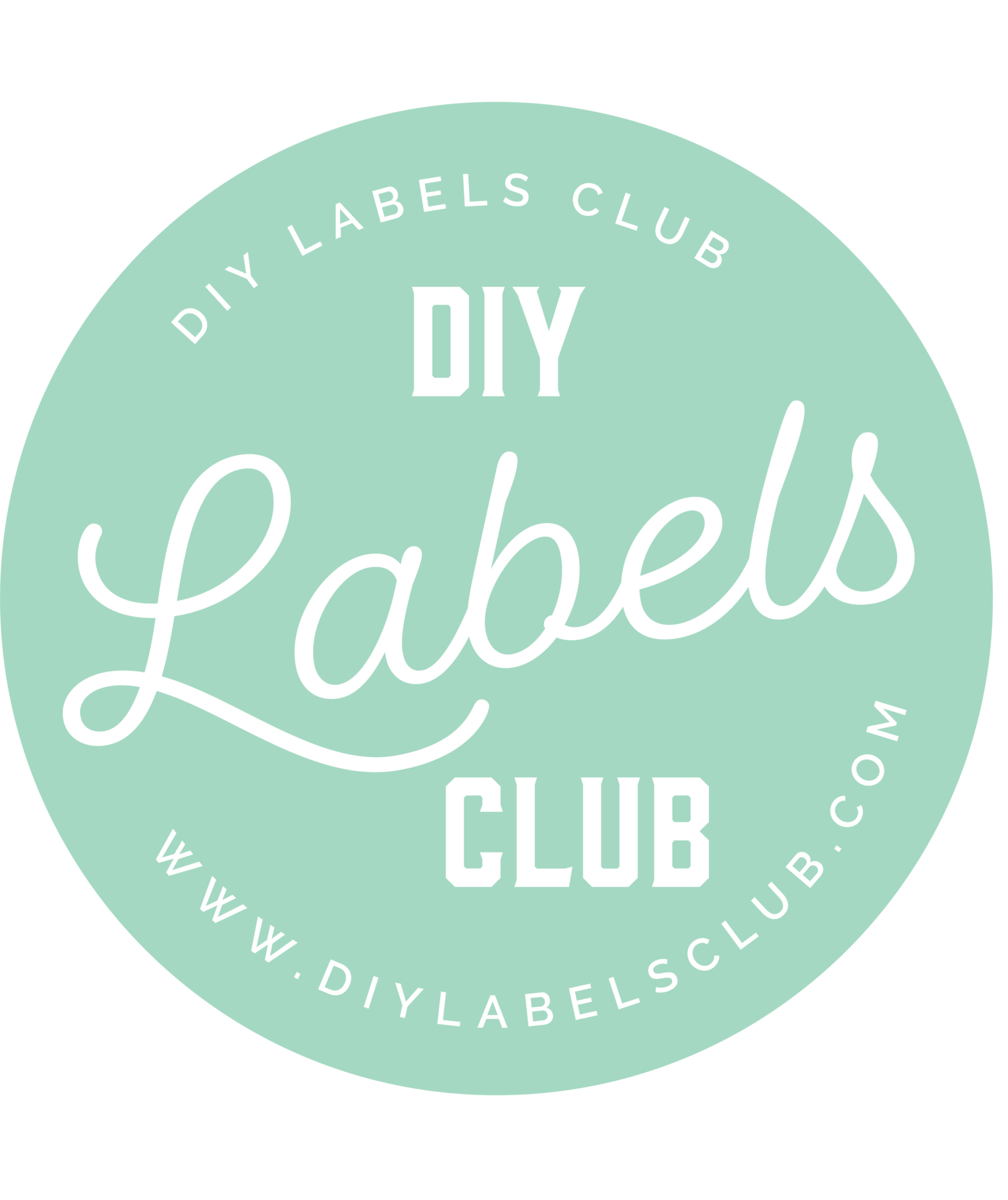Ocean Resin Waves Salt/Trinket Box Tutorial
As I prepare for the launch of my “Resin for Beginners” course, I have had a lot of questions about posting a quick tutorial on how I have been using resin on these bamboo salt boxes. This is just a quick-ish tutorial on how I prep the wood, create the waves and then clean it up for sale or gifting. If you would like more information about my resin course, be sure to sign up for updates below!
All of the supplies that I use are posted below, some are affiliate links.
SUPPLIES:
Bamboo Salt Box:
Crazy Laser Dad is a great resource for blank pieces for layering, resin work and wood burning! Here is a link that goes directly to these salt boxes:
https://crazylaserdad.com/products/salt-box
RESIN:
I have tried many epoxies while learning to create ocean waves and have found Mas Epoxies to be the absolute best! I use the Table Top Pro
You can get 10% off by using the code VIPMAKER
Resin Colors and Pigments:
The colors used in this video are listed here. You might already have pigments, and I highly suggest you continue to use those with one exception. If you are wanting to achieve white lacing and waves and are currently unable to, it’s important to use a white pigment that will work. (This is another reason why I use Mas Epoxies - because I am finally able to achieve the lacing that I never could before with other resins.).
White: I am currently using JustResin Titanium White. Sometimes, I will add 2 drops of white alcohol ink to the white mixture to ensure detailed lacing, but it is not required!
Teal: This pigment is a transparent teal from Resin Obsession. A little goes a long way, but I love it in both darker and lighter shades.
Dark Blue: This pigment is an Ocean Blue Translucent Dye - and the same goes for this one when I say that I love it in light and darker shades.
Heat Gun:
I have 5 heat guns, which is a bit much, but when I was trying to figure out which one would help achieve results that I wanted, I ended up finding that this one worked best. (It’s also the one used in the video…).
Craft/Popsicle Sticks:
These can be found so many places, but if you’re ordering online, you might as well grab these! I use these for mixing resin and for “smearing” it when I need to.
Craft Sticks
Gloves:
These are important! To reduce the chance of making skin contact with the resin, you should always wear gloves. Resin is a sticky mess, too - so I keep a spray bottle of rubbing alcohol nearby in case I want to clean my gloves off.
Painting Stands:
These are also optional, but due to their size, I find that they hold intricate designs better than say, a bathroom cup. For these specific salt boxes, bathroom cups work just fine!
Heat Gun Nozzles:
Different sizes of heat gun nozzles can help achieve different effects when blowing the resin. Again, these are optional, but as you start to learn different techniques, you might like to have different sizes of nozzles for your heat gun.
Plastic Cups for Resin Mixing:
I use a variety of plastic/bathroom cups from my local Dollar Store for most of my mixing of resin.
Dremel:
This is obviously optional, but I use the Dremel to sand down small or bumpy areas. (On a side note, I originally bought this tool so that I could drill holes in sea glass!). You can also use a sander on these.
DIYLabelsClub.com is a blog and website that is part of affiliate advertising programs, which means that commissions may be received after clicking on links throughout this website. On occasion, I might also receive and review products that align with my services and beliefs. All of the content and images on DIYLabelsClub.com’s website belongs to Sibyl Smith, unless otherwise stated. Please be sure to show the love and link back to my original post of you’d like to share content! © Sibyl Smith Enterprises, LLC, 2022.

